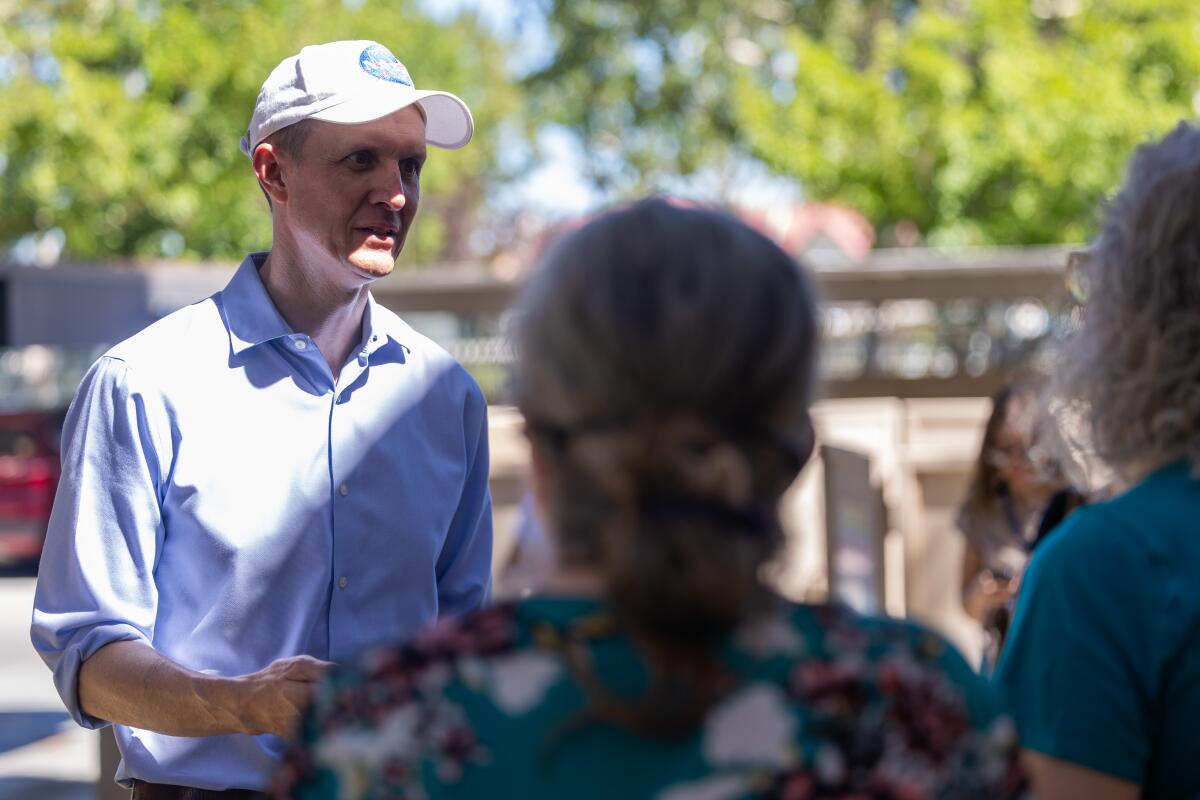An enormous breakthrough a long time within the making was made only a few months in the past, and already scientists are realizing its potential: A measurement of the hole between the quantum vitality states of a thorium nucleus has been used to create the very first, rudimentary nuclear clock.
By coupling a strontium atomic clock with a crystal containing thorium nuclei, a group of physicists has efficiently demonstrated the core know-how that may lead us to the primary totally realized and developed nuclear clock.
That milestone – nonetheless but to be reached – will open up a complete new realm of ultra-precise timekeeping.
“With this primary prototype, we now have confirmed: Thorium can be utilized as a timekeeper for ultra-high-precision measurements,” explains physicist Thorsten Strumm of the Vienna College of Expertise.
“All that’s left to do is technical growth work, with no extra main obstacles to be anticipated.”
An atomic clock is one which depends on the very exact ‘ticking’ of atoms as they change between vitality states when stimulated by a laser, as decided by the states of the electrons that whirl in regards to the nucleus on the atomic core.
This can be a lot tougher to realize with the nucleus itself, nonetheless, because it takes much more vitality to shift its vitality state than it does to vary the vitality state of electrons.
A nuclear clock is very fascinating, although, since it will be much more steady and exact than an atomic clock. In flip, a nuclear clock would allow extra exact measurements of the bodily Universe – which has implications for all the things from navigation to the seek for darkish matter.
A measurement of the vitality leap – the distinction between the vitality states – of a thorium nucleus was introduced earlier this yr. And this has allowed Strumm and his colleagues to find out the exact vitality required to create the change in vitality states, the mechanism on which a nuclear clock would tick.
The subsequent step was to display that they might create a clock from this ticking, and that is what Strumm and his colleagues have now performed.
The clock they demonstrated isn’t the total nuclear clock expertise, however the first steps in that path. The strontium clock at JILA on the Nationwide Institute of Requirements & Expertise is operated utilizing infrared gentle.
The group created a small calcium fluoride crystal containing thorium nuclei, the vitality states of that are switched utilizing vacuum ultraviolet gentle.
To couple the crystal to the atomic clock, the researchers wanted to discover a solution to convert the infrared gentle to ultraviolet. They did this by making a frequency comb of infrared wavelengths, and working it via xenon gasoline, which interacts with the infrared gentle to emit ultraviolet wavelengths.
The end result was a mixed frequency comb that would excite the transition of the thorium nuclei and synchronize it with the ticking of the strontium atoms.
The ensuing nuclear ticking is not any extra exact than the strontium atomic clock, however now that the core idea has been demonstrated, the precise know-how is in sight – and really near full realization, the researchers say.
“Think about a wristwatch that would not lose a second even should you left it working for billions of years. Whereas we’re not fairly there but, this analysis brings us nearer to that stage of precision,” says physicist Jun Ye of JILA.
The group ran their experiment many instances; every time, they achieved outcomes in step with an atomic clock. The subsequent step might be to refine it.
“After we excited the transition for the primary time, we had been capable of decide the frequency to inside a couple of gigahertz. That was already greater than an element of a thousand higher than something identified earlier than. Now, nonetheless, we now have precision within the kilohertz vary – which is once more 1,000,000 instances higher,” Schumm says.
“That method, we count on to overhaul the very best atomic clocks in 2-3 years.”
The analysis has been revealed in Nature.





